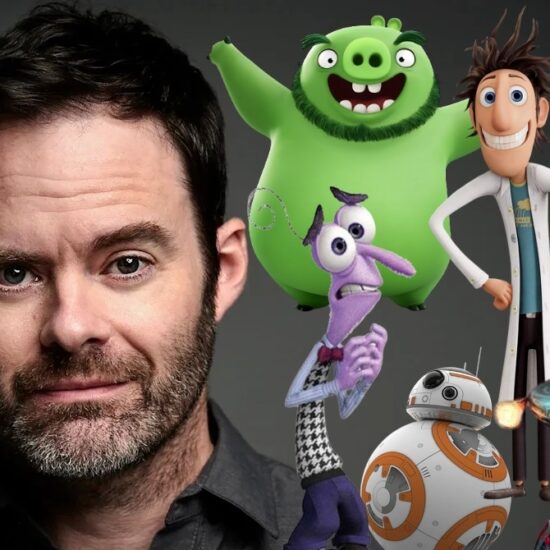
To collect ad dollars this year, the nation’s big TV networks did something they rarely do. They held a fire sale.
U.S. media companies have largely closed out their “upfront” ad-sales process, according to four executives familiar with recent negotiations, and are likely to see a decline in volume for the first time since the 2020 coronavirus pandemic — and just the second since 2015. These executives said the volume of advertising commitments the networks were able to secure fell in nearly all areas, except sports. And to get there, the networks had to cut their rates.
The numbers in 2023 are expected to be less robust than last year’s. In 2022, the five broadcast TV networks secured around $9.9 billion in primetime sales, up 6.4%, according to Media Dynamics Inc., a consultancy that tracks the marketplace. Cable networks sold $10.2 billion, representing an increase of 5.2%. In total, linear TV saw ad commitments last year increase 5.8% to $20.1 billion. NBCUniversal, Fox, Paramount Global, Warner Bros. Discovery and Disney declined to make executives available for comment. More details are likely to surface in the companies’ second-quarter earnings results, slated for release over the next few weeks.
In the upfront, TV networks try to sell the bulk of their commercial inventory for their next programming cycle. In most years, TV has the upper hand. While a good chunk of its viewership has migrated to streaming, its shows continue to generate the biggest simultaneous audiences — something that Procter & Gamble, Pizza Hut and Apple continue to value.
In 2023, however, the networks had to grapple with headier competition. Roku went out to the market in aggressive fashion, while Amazon added a special NFL game on top of its “Thursday Night Football.” Meanwhile, Netflix entered the market for the first time with a nascent ad tier that, while not currently offering the impressions blue-chip advertisers need, has shows that many of their customers consider a must-watch.
There are also a host of other factors, including continued fears that the U.S. may slip into recession and a Hollywood writers’ strike that has scuttled production of the new shows advertisers expect to see in the fall, Indeed, during a presentation in May, Fox ran short videos for new programs that contained no footage of the proposed series, relying on graphics and sound to set a tone for the marketers assembled.
According to buying executives, TV networks went out of their way to be “user friendly.” David Zaslav, CEO of Warner Bros. Discovery, personally sat in some some meeting with senior buyers. And Warner Bros. Discovery abandoned aggressive tactics it used last year that called for advertisers to commit to high levels of ad support in order to gain access to top properties like HGTV and NBA broadcasts. The gambit annoyed advertisers, particularly those who had a long history of spending with the company, and some yanked their commitments and gave them to competitors like Fox and Hallmark Channel.
To get the ad dollars they wanted, the networks offered “rollbacks,” or declines in the rates they seek each year. reductions in these rates, also known as CPMs and a measure of the cost of reaching 1,000 viewers, have generally been extremely rare, and offer a signal that the continued migration of viewers to streaming and digital-video options is eroding the marketplace leverage of both traditional TV companies and some of their new-tech rivals as well.
Discussions this year called for CPM increases of around 5% for the strongest TV properties, like sports, and for rollbacks going as deep as -5% for weaker linear inventory and even for digital, according to executives. In a sign of how much weaker the market for TV advertising has become, TV networks in 2022 struck deals that called for CPM increases ranging from 8% to 12%.
The networks are likely to hold back a greater amount of inventory to be sold in “scatter.” TV networks like CBS, NBC and ABC typically sell 70% to 80% of their inventory in the “upfront,” leaving the rest to be traded as advertising that sells on an as-needed basis closer to the time the commercials need to run. Chances are the networks will hold more back to sell as “scatter,” betting that the economy will improve, and would-be sponsors will be willing to pay a premium after waiting.
The networks may take some comfort in the fact that the whole thing could have been a lot worse. In early May, there was a prevailing sense that spending from some TV stalwarts would be down significantly. Pharmaceutical advertisers, who have been robust spenders in TV for the past several years, are showing mixed support in 2023, according to one buying executive. Auto marketers, hurt in recent years by supply chain issues due to the coronavirus pandemic, have been hesitant so far. Technology advertisers and financial-services firms, two other big supporters of TV in the recent past, have cut budgets after seeing some stock downturns and significant layoffs. A bright spot has been consumer packaged goods companies, which are trying to keep market share even as the cost of their products has gone up due to inflation.
As the TV networks cut rates, buyers urged their clients to start buying, realizing that the “rollbacks” would simply cease to be available. Should the economy improve and stabilize, look for the networks to work to get pricing levels restored.













